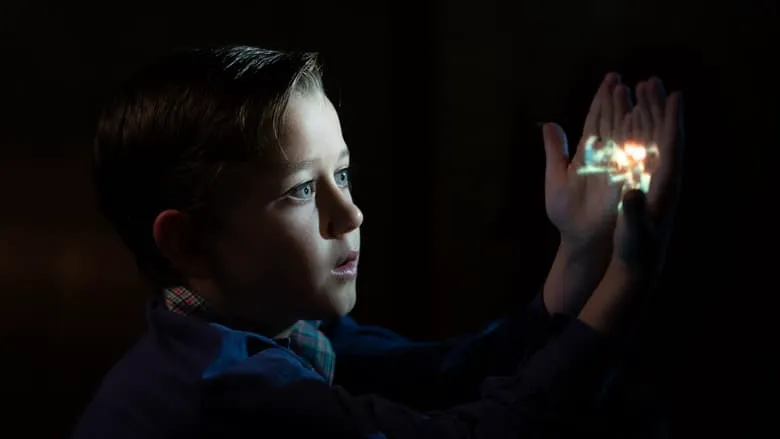The Fabelmans: A Spielbergian Journey into Memory and Art
Steven Spielberg’s indelible mark on cinema is undeniable, and his 2022 film, The Fabelmans, offers a compelling glimpse into the formative years that shaped his cinematic vision. While celebrated by critics, the film’s box office performance was unexpectedly modest, making it a unique and perhaps underappreciated entry in Spielberg’s illustrious career. This makes it ideally suited for closer examination.
The narrative unfolds through the eyes of Sammy Fabelman, a young boy growing up in a prosperous, mid-century American family. His father’s career is flourishing amidst the rapid advancement of electronics and computing, painting a picture of postwar American optimism. The film uses sweeping, expansive shots to capture the allure of suburban life, complete with charming homes, driveways with cars, and impeccably manicured lawns. This imagery evokes the “Golden Age” of the American economy and sets the stage for Sammy’s burgeoning artistic awakening.
The Cinematic Spark: A Train and a Dream
In January 1952, a trip to the movies proves to be a pivotal moment for young Sammy. Initially hesitant about the spectacle of the big screen, he is profoundly affected by Cecil B. DeMille’s The Greatest Show on Earth. While the film itself explores broader themes, it is the train crash sequence that ignites something within Sammy. He requests a model train set, driven by an impulse to recreate the chaotic energy he experienced.
Unlike his father, who wishes his son would follow more practical pursuit, Sammy wants to recreate the train crash from the film. Undeterred by his father’s expectations, Sammy, with his mother’s encouragement, ingeniously recreates with his camera, unleashing his creativity.
Dreams and the Subtleties of Life
As the family moves from New Jersey to Phoenix, their fortunes rise, with the father’s career advancing to GE. Here, each member of the Fabelman family pursues happiness. While the father is working, the mother is around a campfire expressing creativity, and the father is noticing his wife’s connection with their friend Bennie. However, young Sammy doesn’t seem to notice their strange actions.
The grandmother’s death marks a turning point, casting a shadow over the family dynamic. Uncle Boris visits, a catalyst for Sammy’s sudden coming-of-age journey. “Family and art will tear you in two,” Boris declares. He describes art as dangerous, like a lion’s mouth. Sammy later understands that comment, recognizing things that signal the coming split of his family during moments hidden in his creation of videos. The family splits, and Sammy, who is more aligned with his mother’s interests, moves to California with his dad, where the film industry is based.
Life Reflecting Film
In college, Sammy, encouraged by the opposite sex, becomes the cinematographer for a “ditch day” film, which is screened at the graduation banquet. Through creative and clever editing, Sammy shapes the school bully Logan into a sunny figure, and makes Chad look evil. By doing this, Logan is resentful of Sam. By shaping Logan’s appearance this way, his girlfriend is back in his life, and Sammy starts pursuing his filmmaking dreams.
The Illusion of Art
The Fabelmans skillfully plays with the interplay between drama and reality. Spielberg underscores that cinema, whether through the creative portrayal of events in the ditch day movie or the use of the horizon, is an art of illusion. He reveals the secrets of cinema, such as embroidering a pattern for the audience to see, and passing on the golden needle. It shows that cinema is both happy and sad.